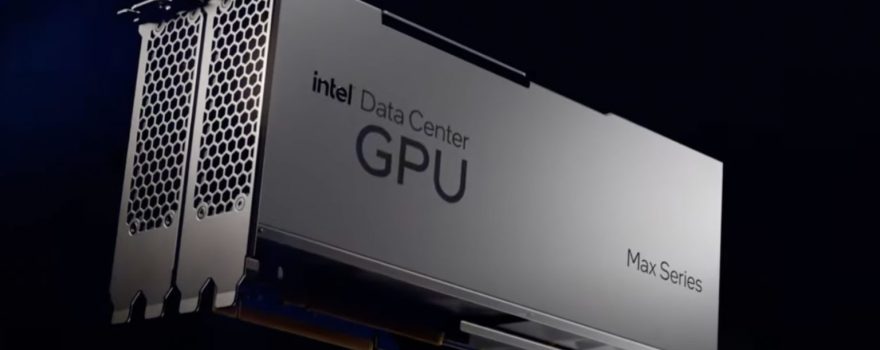
Intel entered the GPU scene late with the Intel Arc, but has since accelerated innovation. In August, the company released its first Data Center Flex Series GPU, and last week it came out with the Data Center Max Series GPU.
The Data Center GPU Max Series is a high-density processor that packs more than 100 billion transistors on 47 active tiles and up to 128 Xe-HPC cores. The product maximizes bandwidth (up to 128 GB HBM2e), capacity (up to 408 MB of Rambo L2 cache) and memory (up to 64 MB of L1 cache).
Intel has stated that its 408MB L2 cache will be able to deliver 2x the performance of previous versions. GPU solves a number of problems, such as code porting and refactoring, economic and technical stresses around proprietary GPU environments that prohibit portability between different GPU vendors, and finally mismatches between CPU and GPU implementations, such as a CPU with too little memory bandwidth and a GPU with too little memory capacity.
The Intel Max GPU is a product that maximizes bandwidth, processing power, developer performance and impact. In addition, the entire Mach series — that is, both its processor and GPU — runs on oneAPI, an open-source programming model that allows developers to use different accelerated architectures.
The Max Series Data Center products are scheduled to launch in 2024.
Data Center GPU Flex Series.
The previous version of the Data Center GPU Flex Series was created to manage streaming and cloud gaming, along with support for visual AI output and virtual desktop infrastructure workloads. The device can be installed in a variety of power levels for a variety of requirements from basic AI needs to complex AI workloads.
Two weeks ago, Intel announced that its Flex Series GPU had been added to the PluggableDevices family – aka Intel Extension for TensorFlow.
The PluggableDevice architecture offers a plug-in mechanism for registering devices with TensorFlow without requiring source code changes.
This new implementation will allow the use of Intel Data Center Series Flex GPU hardware and Intel Arch graphics. However, it is said to be compatible with Linux and the Windows subsystem for Linux, connecting to oneAPI.




